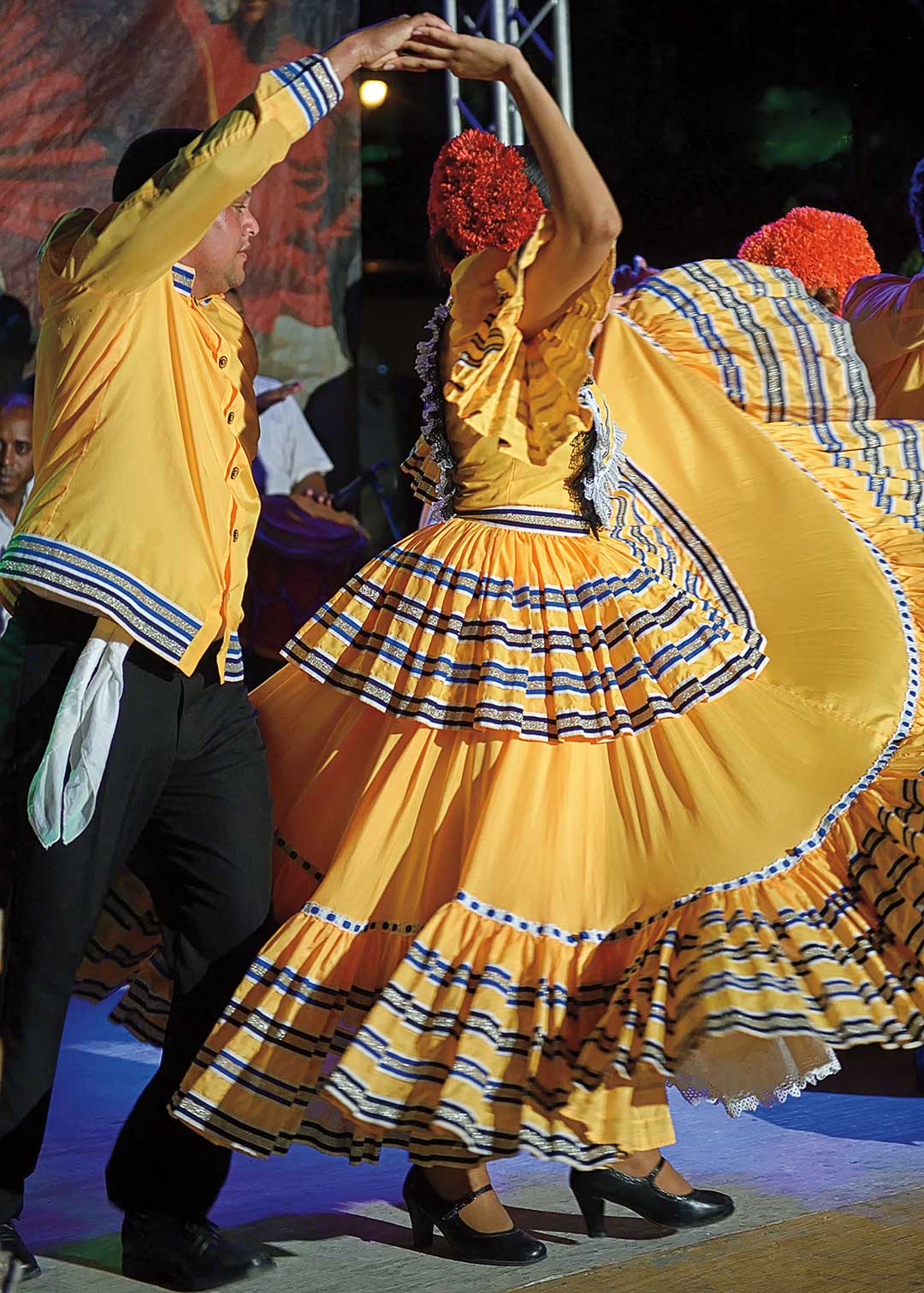Indicators on Dance Fridays You Need To Know
Table of ContentsThe Basic Principles Of Dance Fridays The Basic Principles Of Dance Fridays Not known Details About Dance Fridays Get This Report about Dance Fridays
The term "salsa" was coined by Johnny Pacheco in the 1960s in New york city, as an umbrella term for Cuban dancing songs being played in the city at the time. Salsa as a dancing emerged right after, being a combination of mambo (which was preferred in New york city in the 1950s) as well as Latin dancings such as Boy and Rumba As American dances such as swing and tap.
The fundamental Salsa dance rhythm consists of taking 3 actions for every four beats of music. Salsa professional dancers can additionally break apart to dance solo, understood as "shines". The 2 main designs of salsa are direct and circular.

Little Known Questions About Dance Fridays.
Salsa dancing is a global dance that can be discovered in a lot of urbane cities in the world - https://salsacrazysf1.carrd.co/. Events are held every year, commonly called a Salsa Congress, in different host cities aimed to bring in a selection of salsa dancers from various other cities and countries - salsa crazy. The events bring dancers together to share their interest for the dance, develop neighborhood, and share actions and pointers
Video clip demonstrating salsa dance fundamentals Over the years, lots of different styles of salsa dancing have actually progressed around the world. Integrating other dance designing strategies into salsa dancing has also come to be usual, with dancers of one design including designs and activities of others to create new combinations of dance styles.

One of the most significant numbers in New york city design salsa is Eddie Torres - salsa crazy (known as "the Mambo King"), who is credited with aiding to formalize the on 2 salsa timing (based on mambo) and aiding to promote it by showing it in dance studios in New york city and via early training tapes
Not known Factual Statements About Dance Fridays
Fundamental step for LA design, with leader's action in blue Salsa show dance Los Angeles design salsa (LA design) is danced "on 1" where professional dancers damage ahead on the very first beat of the songs, unlike New York design which is danced on 2. LA design salsa is danced in a line or "port" with professional dancers trading placements throughout the dance, unlike Cuban salsa which is danced in a more circular style.
In this pattern, the leader progressions on 1, tips to the exactly on 2-3 while turning 90 levels counter-clockwise (encountering to the left), leaving the slot open. https://www.easel.ly/infographic/rw4ogf. The fan after that steps straight onward on 5-6 and activates 78, while the leader makes an additional 90 degrees counter-clockwise and slightly ahead, returning into the slot
The "Vazquez Brothers" (Luis Vazquez, Francisco Vazquez, and Johnny Vazquez) are credited for the very early development and development of LA Design. Luiz Vazquez was the co-founder of Los Angeles's very first salsa dancing group, Salsa Brava. salsa crazy. The Vazquez Brothers drew impact from stage dancings such as faucet dancing and assisted establish LA design's reputation for showy moves and balancings.
In Cuba, a preferred dancing understood as Casino was marketed as Cuban-style salsa or Salsa Cubana abroad to identify it from other salsa designs when the name was popularized worldwide in the 1970s.
Dance Fridays Can Be Fun For Anyone
The name Casino is originated from the Spanish term for the casino, "Gambling enterprises Deportivos" where much social dance was done among the better-off, white Cubans throughout the mid-20th century and forward. Historically, Online casino traces its beginning as a partner dancing from Cuban Kid, Cha Cha Cha, Danzn and Guaracha.
This means that no step is tackled the very first and 5th beats in each clave pattern and the fourth and 8th beat are highlighted. By doing this, as opposed to adhering to a beat, the professional dancers themselves contribute in their motion, to the polyrhythmic pattern of the music. At the exact same time, it is frequently danced "a tiempo", although both "on3" (initially) and "on1" (nowadays).